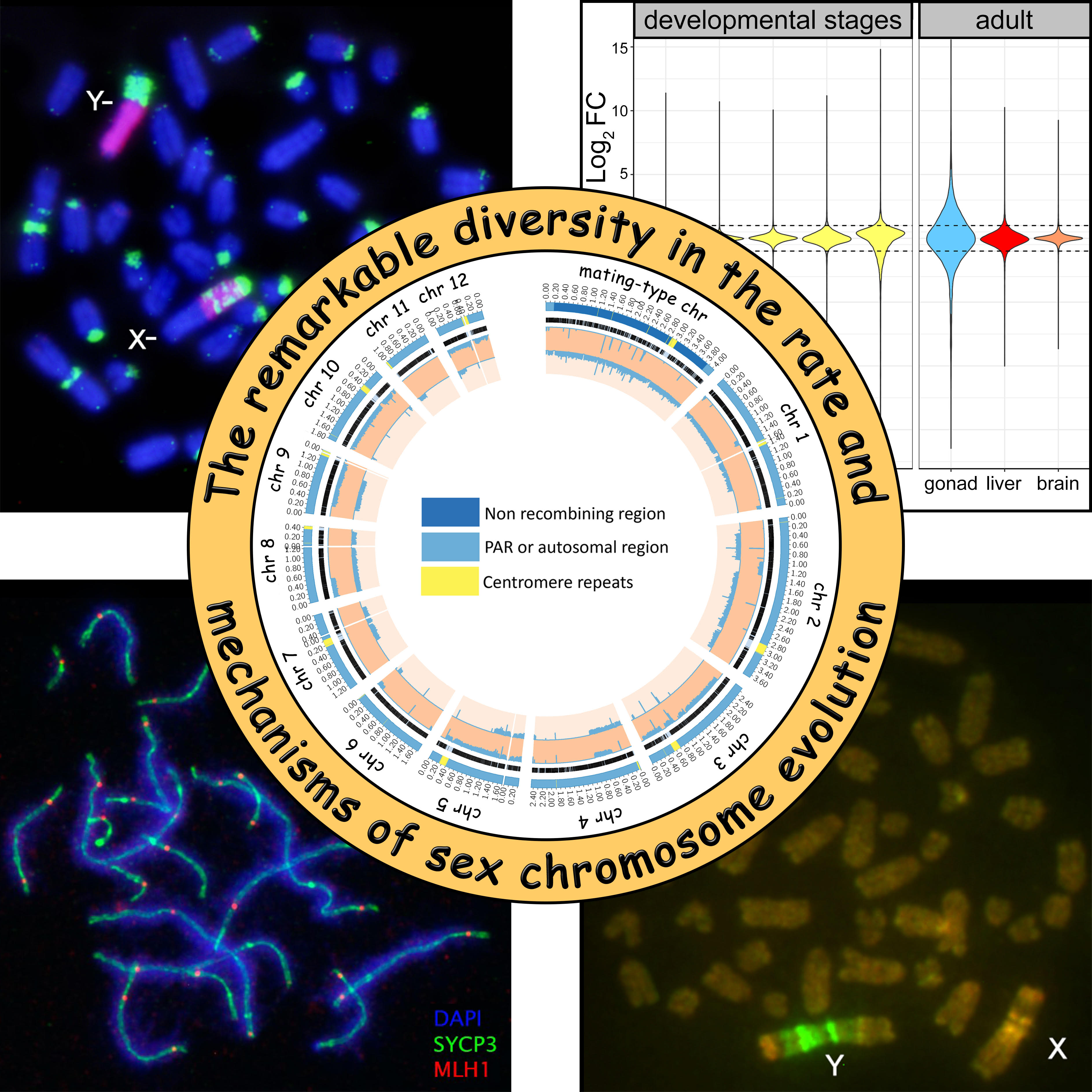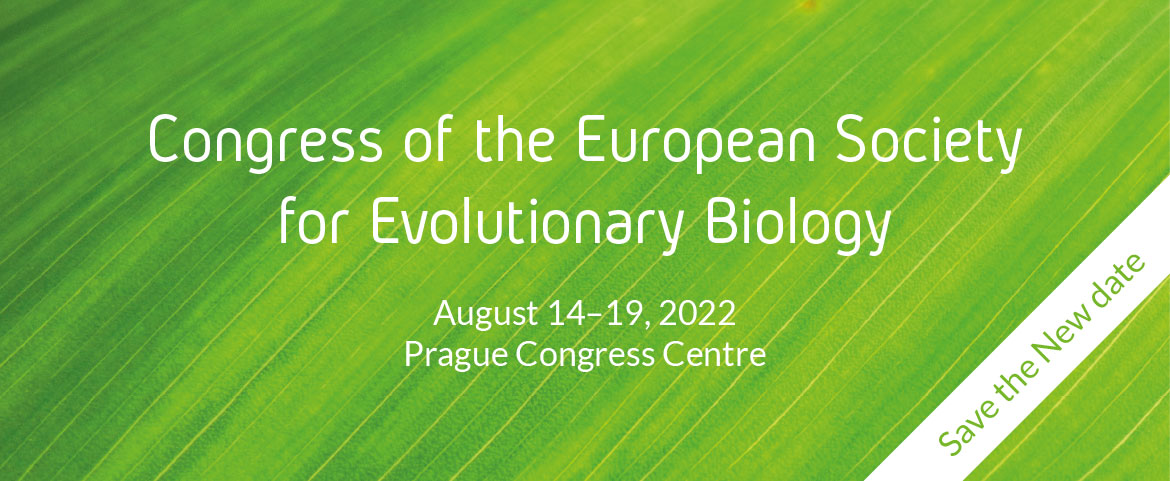The remarkable diversity in the rate and mechanisms of sex chromosome evolution
 Sex chromosomes are assumed to evolve from a pair of homologous autosomes, where the emergence of a sex-determining locus and recombination suppression triggered gradual structural changes such as accumulation of sexual antagonistic alleles, recombination arrest, accumulation of repeats, loss of functional genes and heterochromatinization. This model represents the classical paradigm for decades, implying a roughly linear process of sex chromosome degeneration from homomorphism to heteromorphism. Recently, comparative genomics have revealed an incredible diversity on the morphology, structure, age and stage of sex chromosomes in non-model species, questioning the role of previously assumed evolutionary drivers and other aspects of sex chromosome differentiation. It remains unclear why lineages differ so substantially in the degree of differentiation and the long-term stability of sex chromosomes. The current advances on genetic and genomic methodologies allows us to explore long lasting enigmas on the evolution of sex chromosomes across the tree of life, such as the role of sexual antagonism, chromosomal rearrangement, mechanisms of dosage compensation and differentiation rates. Therefore, in the current meeting, we welcome all studies exploring the evolution of sex chromosomes and sex determination with either theoretical or empirical approaches. The list of invited speakers is available here. In parallel to the online meeting, we invite all attendants to participate in the homonymous special issue on the Journal of Evolutionary Biology, with a review manuscript or original investigation. The submission deadline for the special issue is 31 December 2021.
Sex chromosomes are assumed to evolve from a pair of homologous autosomes, where the emergence of a sex-determining locus and recombination suppression triggered gradual structural changes such as accumulation of sexual antagonistic alleles, recombination arrest, accumulation of repeats, loss of functional genes and heterochromatinization. This model represents the classical paradigm for decades, implying a roughly linear process of sex chromosome degeneration from homomorphism to heteromorphism. Recently, comparative genomics have revealed an incredible diversity on the morphology, structure, age and stage of sex chromosomes in non-model species, questioning the role of previously assumed evolutionary drivers and other aspects of sex chromosome differentiation. It remains unclear why lineages differ so substantially in the degree of differentiation and the long-term stability of sex chromosomes. The current advances on genetic and genomic methodologies allows us to explore long lasting enigmas on the evolution of sex chromosomes across the tree of life, such as the role of sexual antagonism, chromosomal rearrangement, mechanisms of dosage compensation and differentiation rates. Therefore, in the current meeting, we welcome all studies exploring the evolution of sex chromosomes and sex determination with either theoretical or empirical approaches. The list of invited speakers is available here. In parallel to the online meeting, we invite all attendants to participate in the homonymous special issue on the Journal of Evolutionary Biology, with a review manuscript or original investigation. The submission deadline for the special issue is 31 December 2021.
